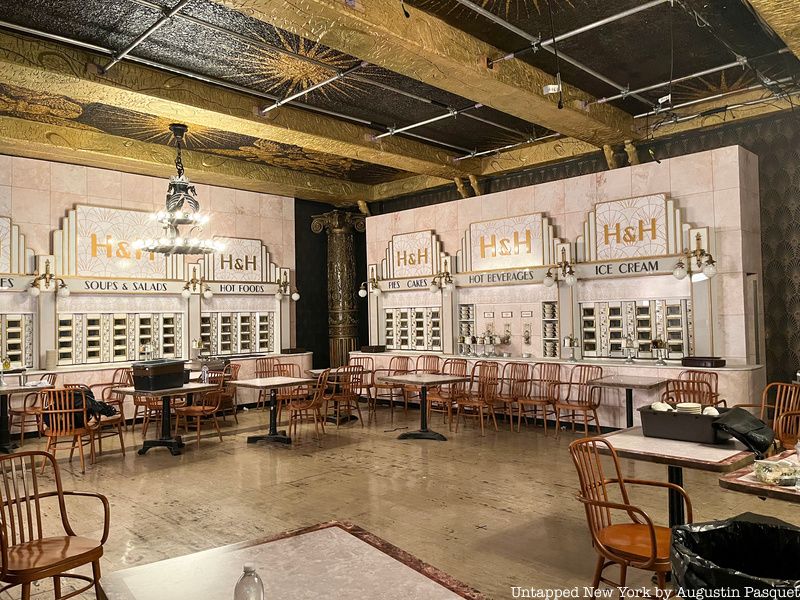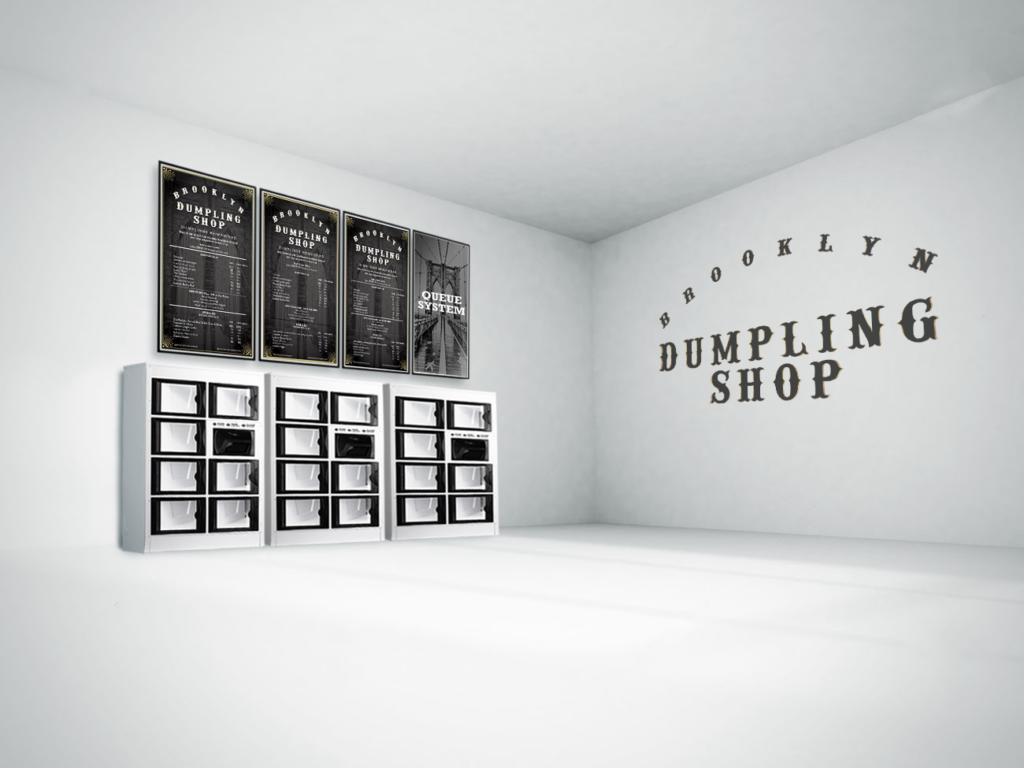Will it save fast food?
Source: https://www.vendingtimes.com/blogs/is-the-pandemic-bringing-back-the-automat/
| by Tim Sanford

Attempts to revive the once-popular Automat have failed over the years, but the pandemic and technology have advanced tremendously over the past decade. It will be interesting to see whether the new automats can help the restaurant industry survive the present crisis.
Recent news reports of a new “automat” foodservice establishment’s imminent opening here in New York City remind us that the lure of adding novelty while reducing labor cost and food waste has been around for a long time. At this writing, developments are being shaped by the restrictions imposed on public gatherings — in restaurants or anywhere else — and uncertainty about the duration of the coronavirus pandemic.
The original Automat was opened in Berlin, Germany by vending pioneer Max Sielaff in 1895. It came to the U.S. in 1912 when two successful Philadelphia restaurateurs, Joseph Horn and Frank Hardart, bought Sielaff machines and opened their first Horn & Hardart Automat in New York City. These restaurants’ “iconic” feature was an array of glass-doored, coin-lock-actuated compartments holding a wide range of food selections. This vending wall separated the dining room from the kitchen and was extended by a manual steam-table-equipped serving line for side orders and items that could not conveniently be wrapped.
The display compartments were secured by a coin mech that originally accepted nickels (eventually supplemented by tokens for greater convenience and price flexibility). A prominent feature was a marble-topped counter where a cashier made a change.
Fast food challenges the Automat
Horn & Hardart Automats were immensely popular in the interwar years, gained fame during the Great Depression, and eventually expanded to 40 restaurants in New York City and more in other cities. That popularity was challenged in the 1950s with the rise of what became quick-service/fast-food restaurants, but the chain put up a good fight. The last Horn & Hardart closed in New York City in 1991.
There have been a number of attempts to update and revive the Automat. A Spain based company, Braimex, offers a similar concept called the Snackomatic with installations worldwide, the most prominent being a Netherlands chain called FEBO.
An attempt by a company called Bamn! to bring this concept to New York City in the mid-2000s was well received, but did not endure.
Recent domestic efforts have included a chain called Eatsa, which had stores in New York City and San Francisco. These received good reviews, but have closed, and the organization now sells automated retailing technology.
One user of that technology is Wow Bao, based in Chicago, which is going strong. (A bao is a soft bun, popular in China and Japan, typically used for sandwiches and steamed dumplings).
The new endeavors

Two new endeavors are slated for opening soon. The better-publicized is the Brooklyn Dumpling Shop, which is readying its first store and has teamed up with franchise development company Fransmart to market the concept nationwide.
BDS’s signature products are styles of dumplings reflecting today’s international taste, including main-meal and dessert/snack selections. The facility’s layout is similar to a classic Automat, with food prepared in a kitchen behind the vending wall, but optimized for fast service and carry-out. Delivery service also will be available. While the pandemic restrictions remain in force, the emphasis is on placing an order remotely with a smartphone or on-premises with a contactless terminal. Company employees will be on hand to maintain proper patron spacing and provide assistance. The remote ordering application enables patrons to specify delivery.
A similar initiative is underway in Jersey City, New Jersey. According to Jersey City real estate publication Jerseydigs.com, the new Automat Kitchen will feature a chef-designed menu that puts a contemporary twist on classic dishes, many of which are inspired by comfort foods from around the globe. A company website now is under construction.
Technology and lifestyle changes
The time certainly seems right. The state of the art has advanced tremendously over the past decade, and it will be interesting to see whether it can help the restaurant industry survive the present crisis.
After I joined Vending Times in 1967, I found that when I told friends and relatives about fresh food vending, they invariably responded, “Oh, like the Automat.” My father had taken me to a Horn & Hardart Automat in midtown Manhattan when I was a child, and the very last New York City Automat was located a couple of blocks from the Vending Times office until the early 1990s. Several Vending Times employees had fond memories of the Automat, not as a tourist attraction or a nostalgia trip but as a good place to have lunch. I think a few points might be kept in mind.
First, many people who regularly patronized Horn & Hardart praised the quality of the food (especially the steamed vegetables) and the coffee — the management understood the value of quality coffee — and the reasonable prices.
After the last one closed, the retrospectives emphasized that one of the problems contributing to the end of its “life cycle” was that those regulars, the core clientele, were getting older, retiring, moving out of the city — but, as long as they lasted, they understood “lunch” as a full sit-down meal, not something formatted for consumption on the go. But that was not the understanding of the rising generation, for whom “a place my parents like” was not an endorsement. This is a structural problem with retailing, and often there are no marketing solutions for it.
Moreover, that rising generation was not into steamed vegetables. Today’s young people probably have a more balanced view. A Horn & Hardart was fun for a child who was allowed to put nickels into a coin slot and receive a piece of the pie — but it was hardly an “experience.” In fact, that was one of the qualities that endeared it to its mature audience.
And those devoted customers did not expect a fine dining experience. So inevitably, the Automat developed a somewhat downmarket or second-best vibe. This did not help it attract a new clientele.
It may be that the pandemic will be the catalyst that gives the general public a wider view of the advantages of retail automation beyond the convenience of the touchscreen ordering terminals now in use by a growing number of fast-food outlets. There may be opportunities to enhance the fun component of purchasing food with this new hands-off technology.
And workplace food and beverage service providers would do well to keep an eye on this segment. There’s a lot going on.
For an update on how the coronavirus has affected convenience services, click here.
